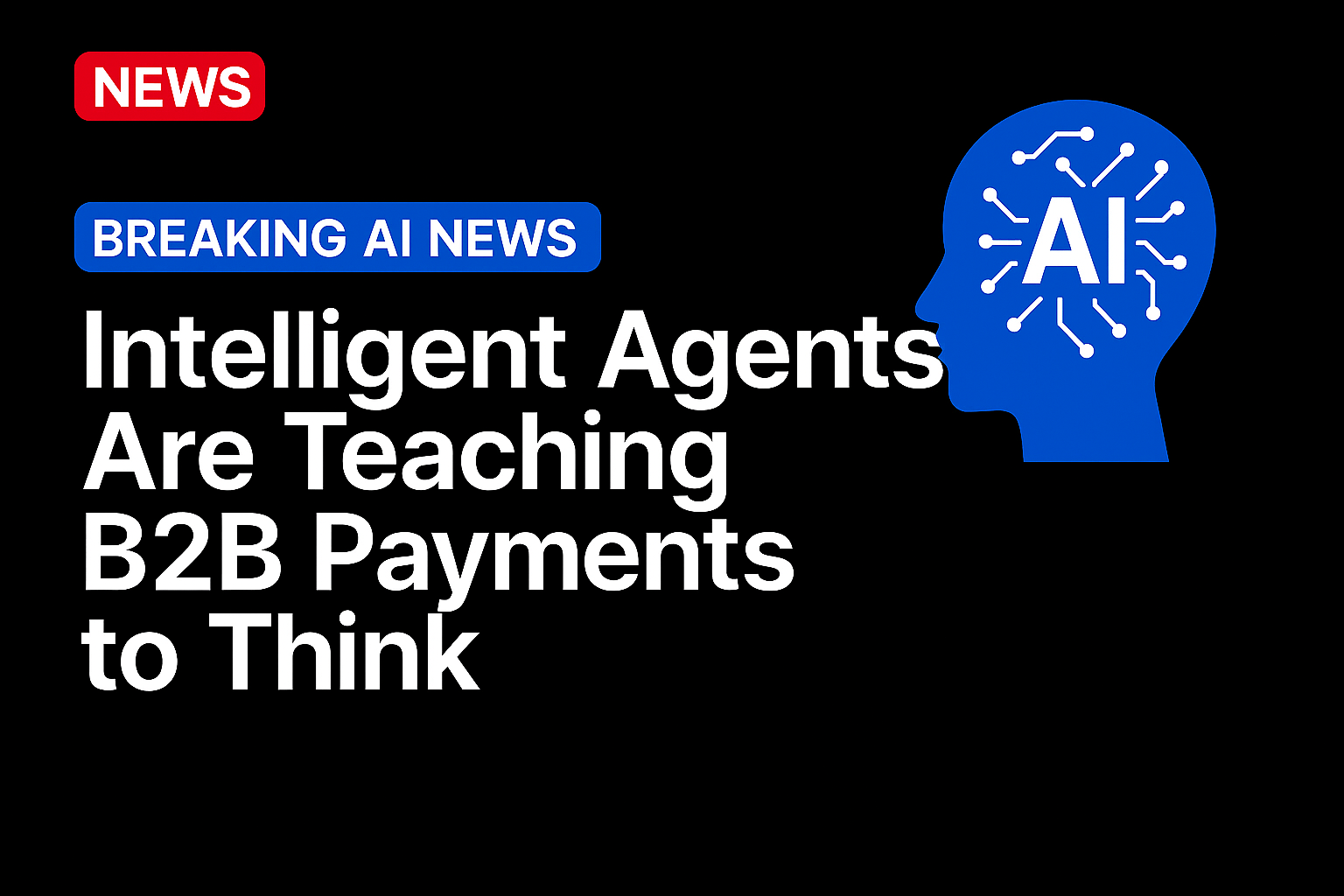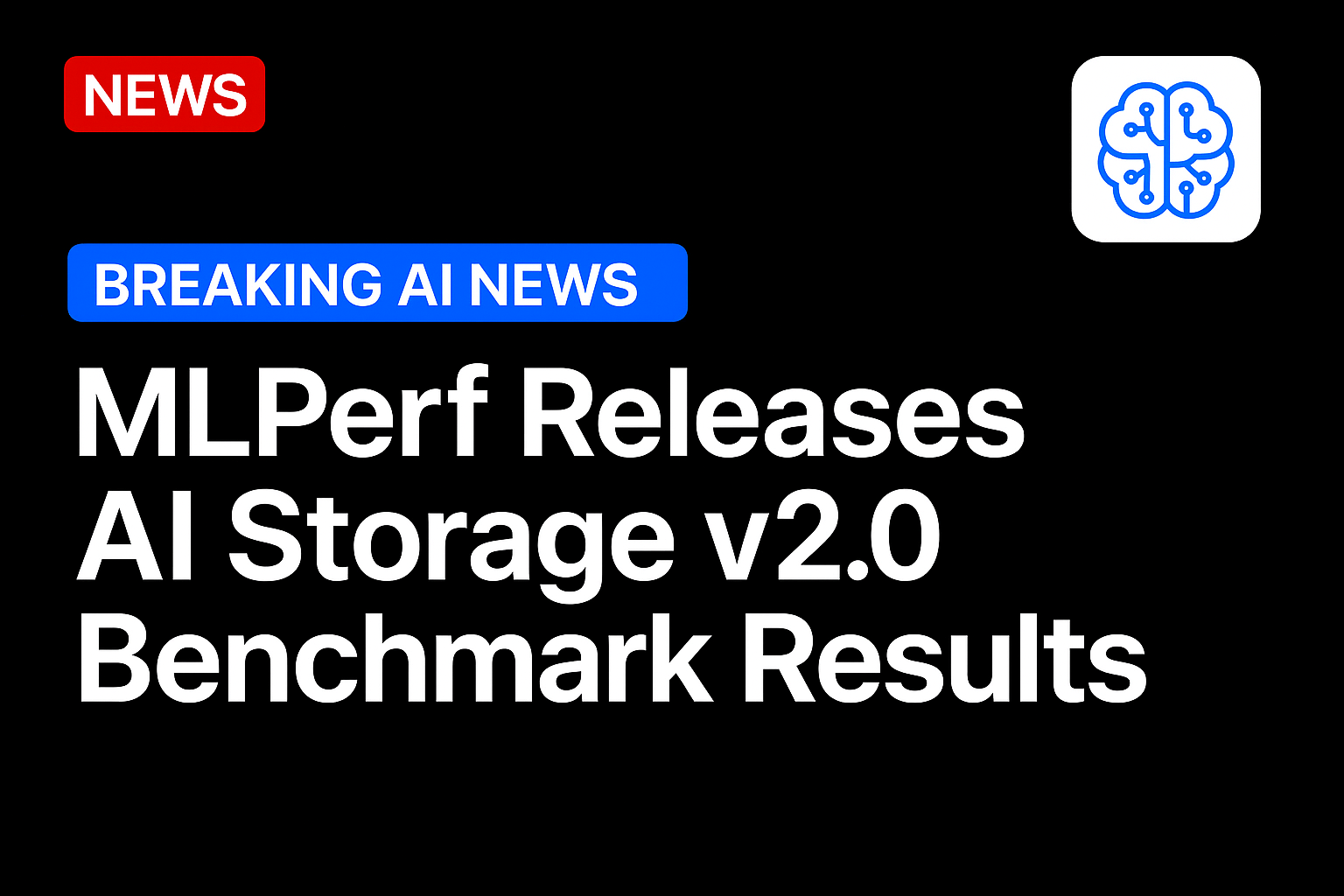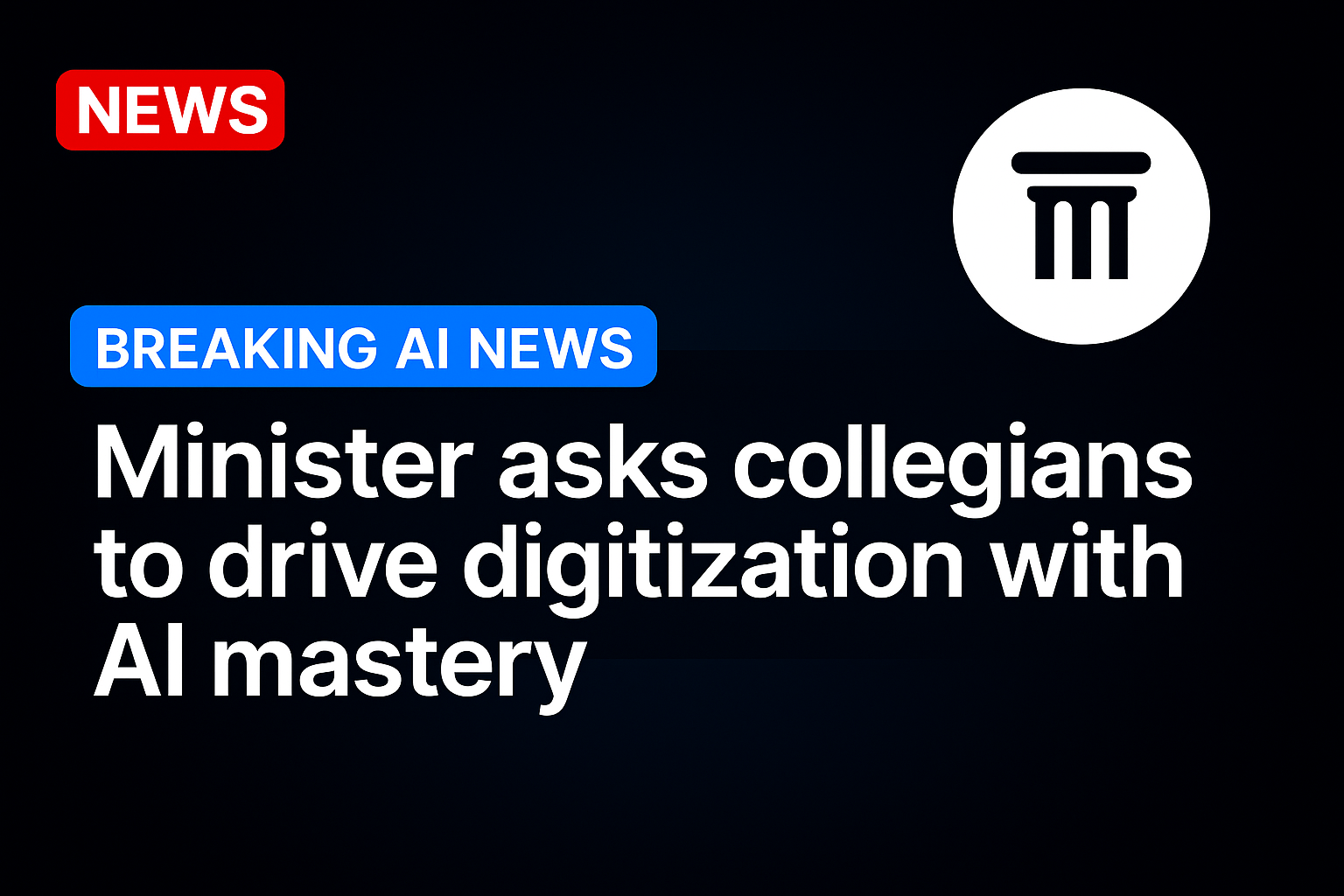The plumbing of B2B finance isn’t exactly cutting edge. In fact, the only “cutting edge” many of the traditional pipes that facilitate enterprise payments can boast is their rusty bits.
But the rise of autonomous agents, or artificial intelligence (AI) systems empowered to decide, initiate, and complete transactions, is set to polish up this legacy reality.
“AI is going to have an impact widely across what I would call the procure-to-pay process,” Nabil Manji, SVP head of FinTech Growth & Financial Partnerships at Worldpay, told PYMNTS during a discussion for the B2B PYMNTS 2025 event, “B2B.AI: The Architecture of Intelligent Money Movement.”
“If you think about reconciliation, it’s about as repetitive and unambiguous of a task as you can get in payments. … It’s a perfect use case for AI,” he said.
Over the last decade, automation chipped away at repetitive finance tasks. But traditional software still relied on rules written by humans and needed human intervention for exceptions.
Agentic AI flips that model. Instead of simply following scripts, these agents learn from data patterns, anticipate liquidity needs, reconcile mismatches at scale, and act in near real time. This makes them particularly well-suited for B2B payments, where vast transaction volumes, timing sensitivities, and cross-border flows can overwhelm manual oversight.
“Making sure your data foundation is strong, your controls are in place, and your systems are ready for agents to interact with them,” Manji said. “Those are the things that will separate the early winners from the laggards.”
The Case for Agentic AI in B2B
The idea that software could act as a corporate buyer once felt like a futurist’s provocation. Today, it’s looking to be an inevitability.
The first wave of enterprise AI adoption is clustering in two familiar but stubborn pain points: reconciliation and liquidity forecasting. Matching invoices, payments and accounting entries has long consumed time and labor without adding much strategic value. Forecasting cash needs and optimizing working capital, by contrast, has always been strategically important but fraught with uncertainty. Both functions depend on collecting and interpreting data faster than humans can.
Accurate cash forecasts can reduce reliance on expensive lines of credit and increase interest income on idle funds. Faster reconciliation and payment execution can lower days sales outstanding (DSO), improving liquidity. For platform businesses, such as marketplaces or gig-economy firms, more reliable and timely payouts to sellers or contractors can lift satisfaction and retention.
“That’s essentially a forecasting exercise … and forecasting is an exercise that’s being driven by data today,” Manji said.
That’s why, for all the attention on advanced models, he urged CFOs to start with the fundamentals.
“Everybody just assumes that the data is there and of sufficient quality today, when in reality at many large enterprises it’s not. Until it is, the applications can only go so far,” Manji said. “No matter how good an AI application is, it’s going to be limited by the quality and quantity of data.”
That means ensuring the data lakes and warehouses that autonomous agents depend on are collecting information from every relevant system — procurement, treasury, payment networks, even order fulfillment — in near real time. It also means investing in data quality: scrubbing errors, filling gaps, and integrating adjacent datasets that provide context for decision-making.
Infrastructure for an Agentic Era
Even with data pipelines in place, adoption hinges on trust. Finance leaders are trained to measure risk as carefully as return, and delegating decisions to software demands a new compact between human oversight and machine agency.
“Unlike a lot of other emerging technologies or new things, I think there’s broad consensus that AI is applicable to their remit or their function,” Manji said. “And so everyone’s focused on the how and where rather than the why.”
Equally important is the principle of least-privilege access: giving an AI agent access only to the data and systems it needs for its specific task. But beyond data readiness and trust controls, Manji also flagged two other pillars of infrastructure.
The first was auditability. “Whatever application you’re using … there needs to be some sort of documentation for why the agent is making certain decisions,” he said. “Today, we just go interview a human. … We need that same kind of function for an agent.”
The second is system interface redesign, a movement gaining traction under the label of model context protocols (MCPs). Without such adjustments, even the most advanced AI could be bottlenecked by legacy system design.
“How do you redesign or augment the interface of a system so that it’s able to be more efficiently interacted with by an agent?” Manji asked, noting that the data view or execution flow an agent requires often differs from what a human operator would prefer.
Finance leaders must become fluent in both the technical and operational demands of agentic AI. As Manji put it, success will depend less on abstract algorithms and more on plumbing, policy and partnership.
“Unless you are in big tech or in a very well-resourced company, you’re unlikely to have the talent pool to actually go and dig into a model. It’s changing so quickly these days,” he said. “Focus on the application bits.”
Source: https://www.pymnts.com/




